I went to the UK’s largest spatial audio music festival and now I want a surround sound dome in my back yard
Polygon Live LDN took spatial audio to the stage
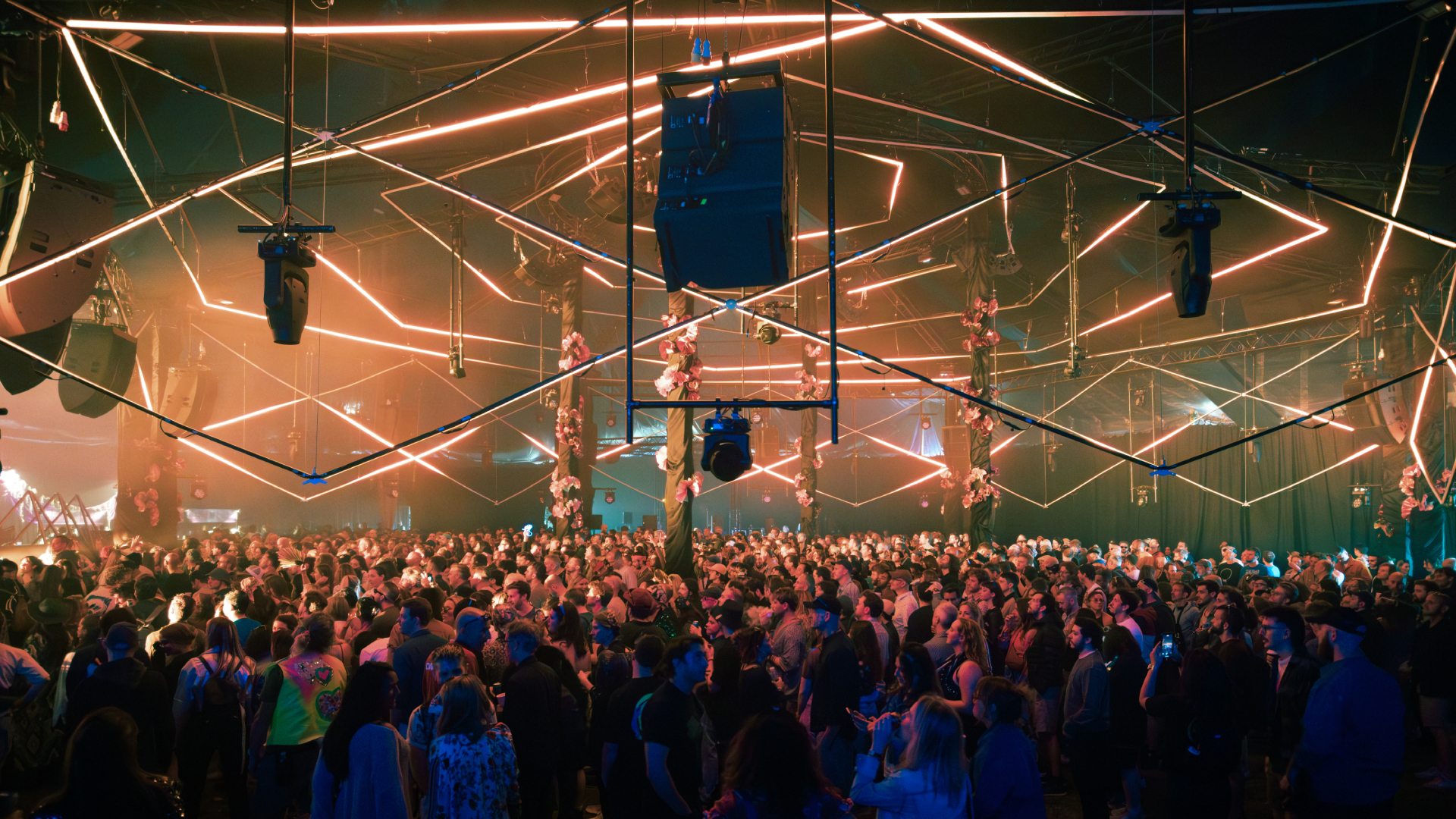
Spatial audio is the frontier of audio tech. With the best Dolby Atmos systems getting more accessible, and with spatial audio codecs coming to streaming services such as Apple Music and Tidal, it’s never been easier to get lost in a truly three-dimensional listening experience.
But while these companies seek to make spatial audio reachable through your headphones or living room sound system, others have worked on applying this tech on a much grander scale.
I was made a believer in spatial audio by a Max Cooper listening session hosted by L-Acoustics earlier this year; hearing the acclaimed electronic musician’s latest album On Being in L-Acoustics' proprietary L-ISA format was simply mind-altering as someone who lives for the music of machines.
When I found out Cooper was scheduled to perform at Polygon Live LDN, the UK’s first ever spatial audio music festival, with a sound system fitted by L-Acoustics, I was equal parts excited and intrigued.
I mean, I’d just heard one of the best spatial audio systems in the world at full force – how would the experience translate to live performance? And, perhaps more importantly, could such an event have consequences for the everyday listener?
So, it was as a journalist, audio nerd, and raver that I went down to London’s Crystal Palace Park on May 3, to check out Polygon Live LDN for myself.
Spatial audio in a bigger space
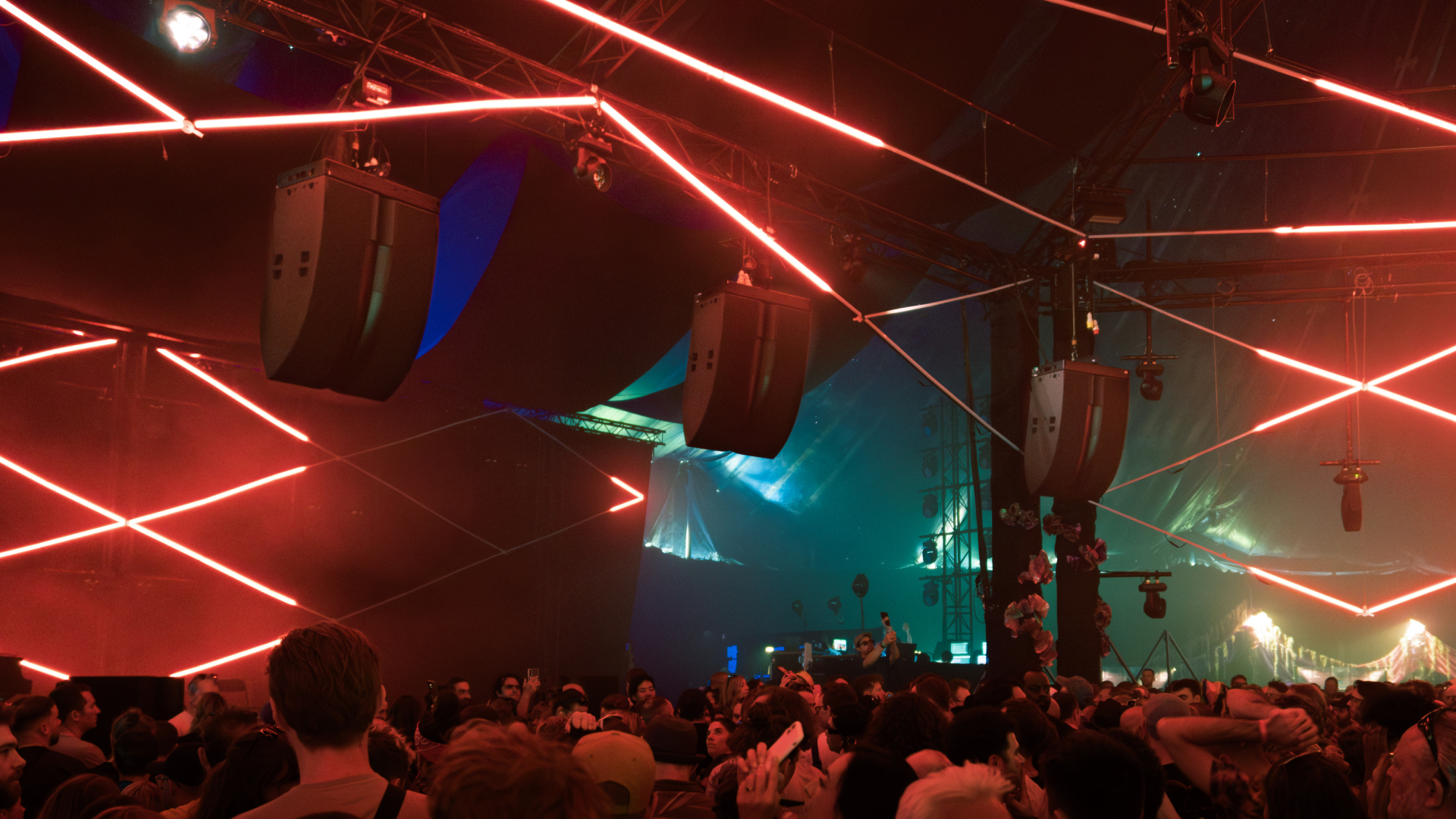
You may already be wondering how a spatial audio system could work in a live setting – it’s one thing to achieve a surround sound experience in a living room, but quite another to do so for thousands of people.
Polygon Live LDN achieved this by building an enormous tented dome out of rigging, with speakers either fixed to the sides or hanging from the top. This, combined with a powerful wall of subwoofers directly in front of the stage, creates a 12.1.4 system – 12 powerful L-Acoustics speakers in a circle around the audience, four top-mounted speakers firing from directly above, and a mono subwoofer channel.
Sign up for breaking news, reviews, opinion, top tech deals, and more.
It’s a one-of-a-kind system with a one-of-a-kind sound – throughout eight hours of varied and powerful electronic music I was consistently and pleasantly surprised by the clarity and depth of the L-Acoustics speakers, while the spatial setup allowed for all kinds of movement and trickery from the performers themselves.
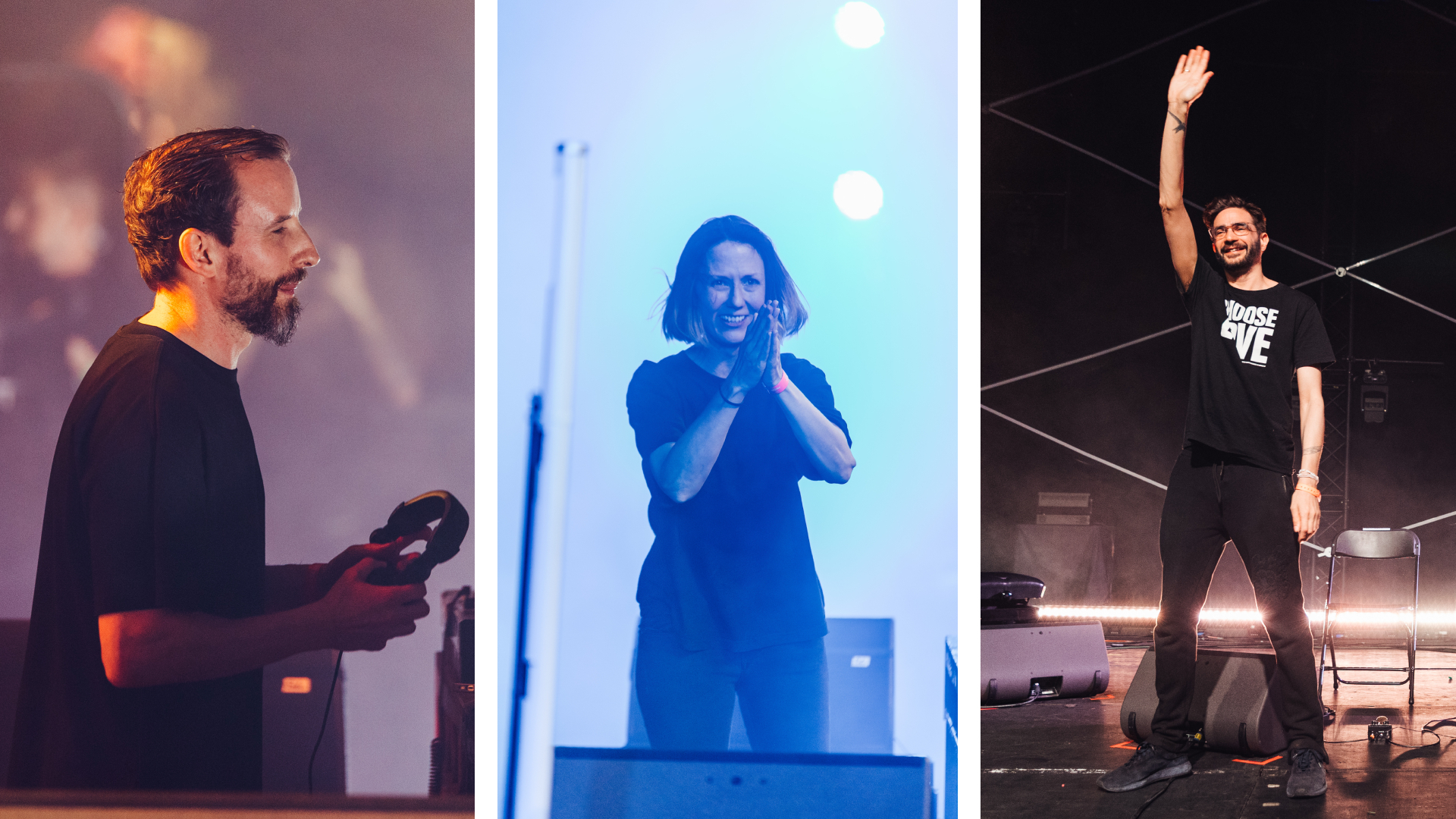
On that note, it helps that the lineup was full of artists that really knew how to put this unique system to work.
We entered as ambient and dance composer Jon Hopkins began his set – a playback of his latest album Ritual garnished by a brief performance for piano, guitar, and violin.
As introductions go, this was pretty stellar – Hopkins’ record is well suited to spatial audio, full of rhythmic bass pulses and gradually moving melodies that circle the audience, creating a sense of dimension and embrace that a stereo system just can’t match.
As each new artist stepped up, I noticed that each grasped the opportunity spatial audio affords in a different way: mobile dance-centric rhythms from Halina Rice, depth and dynamism from Dutch duo Weval, and a synthesis of all we'd heard so far from headliner Max Cooper, who through 90 minutes of searing techno and drum and bass sent melodies flying overhead, stretching and condensing from speaker to speaker.
I was simply enthralled as I listened for the ways these artists had combined the logic and possibility of spatial audio tech with the deep emotion and irresistible groove of their own music, some of which was reworked from their catalogue and some that seemed to be new for the occasion.
I was also impressed by the consistency of the sound. Throughout the day I found myself in different spots under the dome, and while the centre naturally offers the most balanced and most immersive sound, I never felt like we were missing out when standing closer to the edges.
"Like you're inside the music"
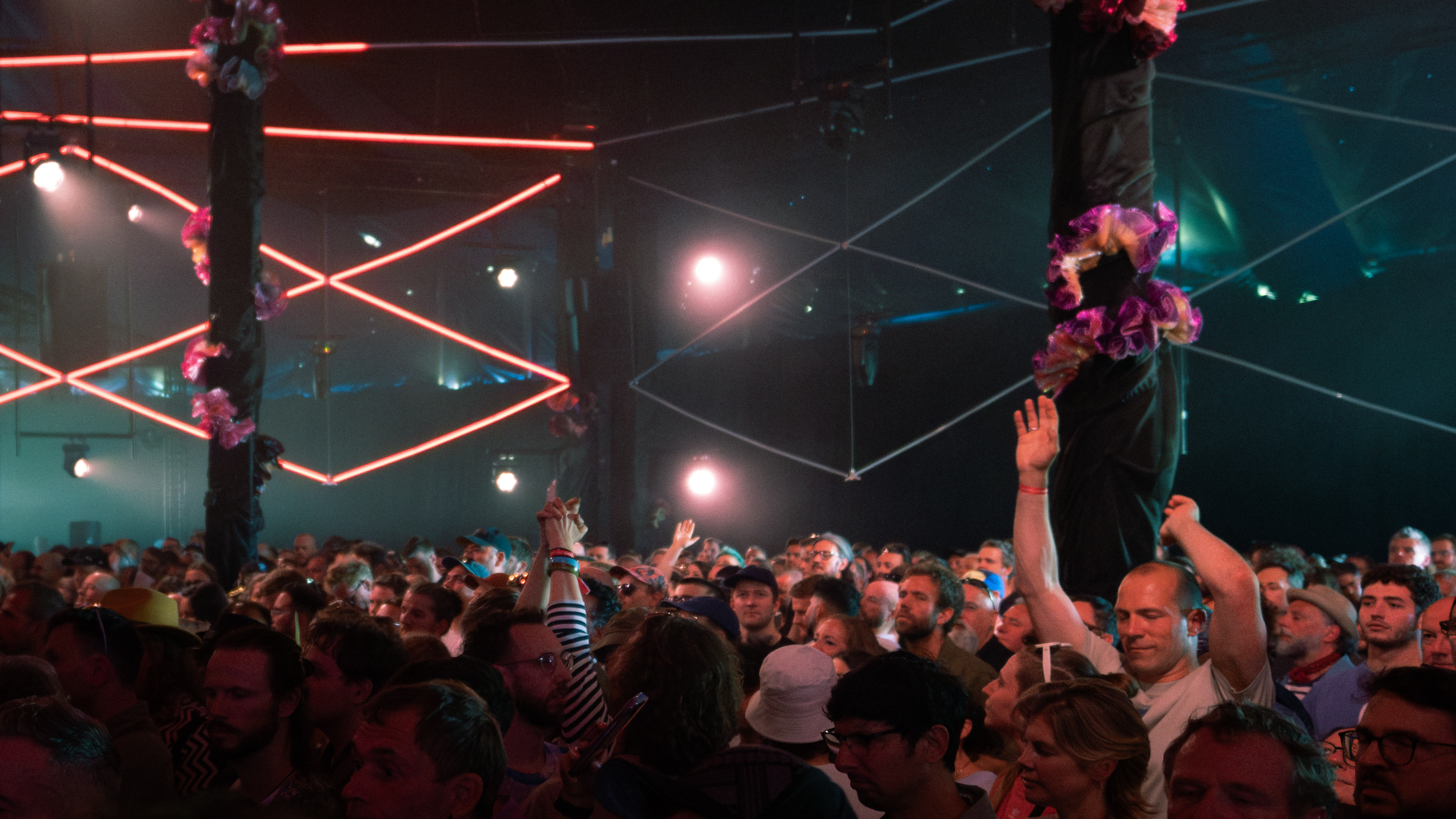
Prior to the festival, I caught up with Polygon Productions CEO Nico Elliott to discuss the tech side of Polygon Live LDN, and what the team were hoping to achieve:
"I think you're going to feel like you're inside the music," Elliott said, "which is really unique – I guess it's similar to one's experience when you go to a cinema and there's whatever's been composed for that particular film. When the music goes loud in a cinema you get, through Dolby Atmos, quite a lot of this kind of audio going around you. Imagine that multiplied by many factors and on a really powerful, high-quality sound system."
Elliott added that Polygon has been building a relationship with L-Acoustics since 2015, adding that the two teams have been "endlessly R&Ding".
"We loved the versatility of L-ISA," Elliott explained, "and it worked really well for the live music environment. And we have worked with other tech, but this is the one that we are most comfortable with, and the one that our engineers have worked the most with.
"The beauty of this technology and the beauty of the way the speakers are positioned is that doesn't matter where you are in that dome, you're getting a pretty perfect experience and pretty much the same experience as everybody else."
Elliott added: "There's a whole additional composition element to placing sounds within a dome environment. It's art, right? There's a real fine line in spatial audio between too much movement that can become very gimmicky and actually allowing the art and composition to speak for itself."
I also asked Elliott whether he foresees more spatial audio events starting as the likes of Polygon Live LDN become more mainstream: "We love it. We see it coming more and more [...] I hope lots more people come to the space. We're very collaborative, and really believe this is a really pleasurable way to appreciate music."
Continuing, Elliott said: "This requires a lot more time and effort – I think as it becomes more mainstream, artists will become more used to it and will start to consider their performances for that environment."
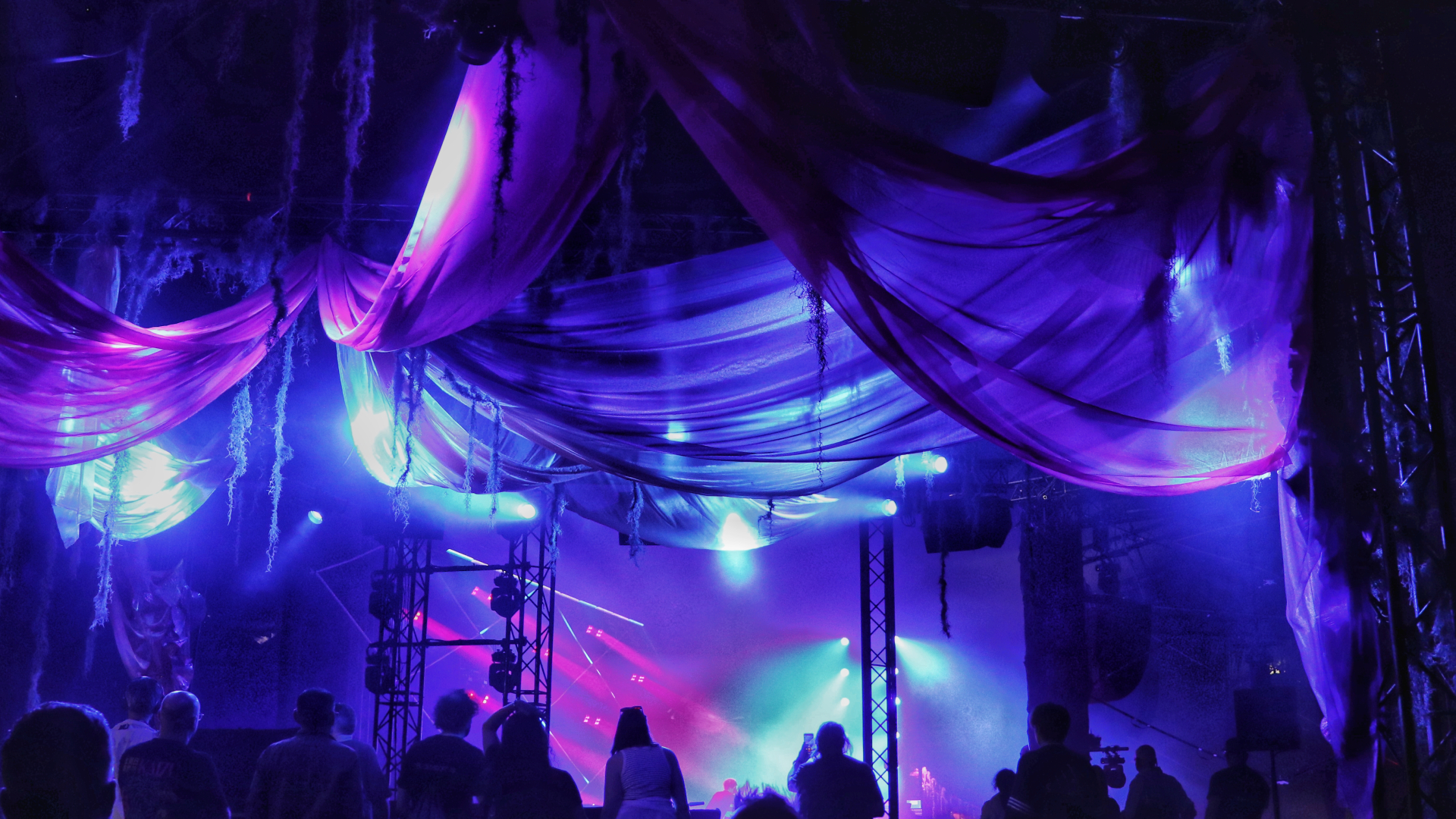
Now, as the afterglow of Polygon Live begins to settle, I’m left thinking of what this could all mean for the everyday listener.
As much as I’d like to set up a Polygon-style dome in my back yard, I’m not sure that’s happening anytime soon – but I share Elliot's hope that artists will start to consider spatial audio more often. Let me explain…
The music industry and audio tech industry form an ecosystem – what works in one is likely to influence the other. With even the best music streaming services paying fractions of a penny per stream, live music is where the money is – and if spatial audio sees continued support in a live context, musicians will have all the more reason to actually make music in L-ISA or Dolby Atmos.
That ostensibly means audio tech makers will have more reason to provide spatial audio listening solutions – hopefully engendering more competition, and optimistically meaning more innovation from all involved.
That’s a pretty long chain of effect, and with so many influencing factors I can only really call it hypothetical. Still, anything that raises the profile and possibilities of spatial audio via truly excellent music is a winner in my book, and Polygon Live LDN certainly did that.
Though I’d personally recommend waiting until a lineup and further details are announced, early-bird tickets for Polygon Live LDN 2026 are already available.
Let us know your thoughts on live spatial audio in the comments below, and for a taste of spatial audio at home be sure to check out our lists of the best headphones and best Dolby Atmos systems.
You might also like
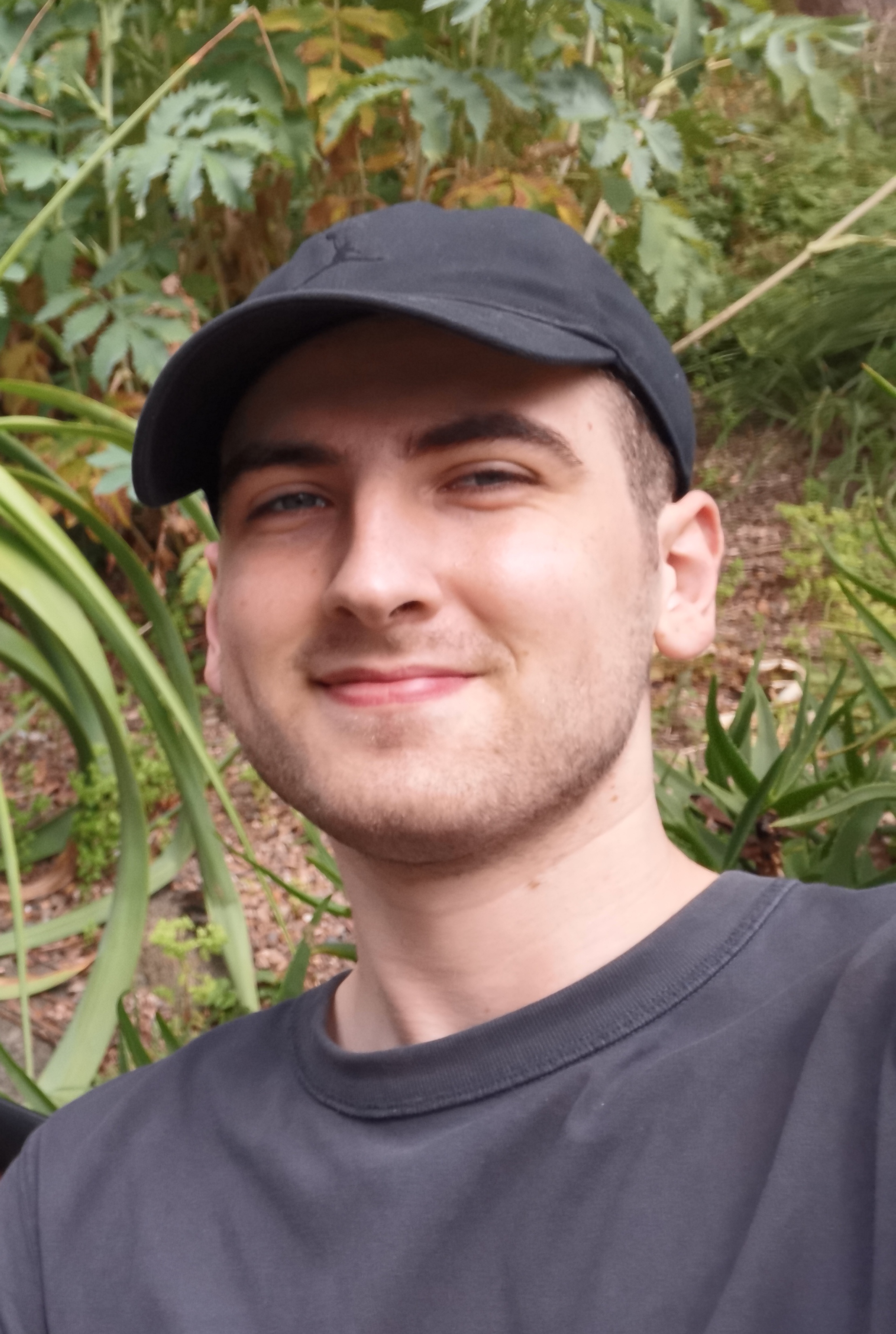
Jamie is a Mobile Computing Staff Writer for TechRadar, responsible for covering phones and tablets. A lifelong tech-obsessive, Jamie began his writing career as a music blogger before studying journalism at Goldsmiths College, and joined TechRadar in 2024. He thinks the iPhone 5S is the greatest phone of all time, but is currently an Android user.
As well as reporting on the latest in mobile hardware, software, and industry developments, Jamie specialises in features and long-form pieces that dive into the latest phone and tablet trends. He can also be found writing for the site's Audio and Streaming sections from time to time, or behind the decks as a DJ at local venues around London.
You must confirm your public display name before commenting
Please logout and then login again, you will then be prompted to enter your display name.